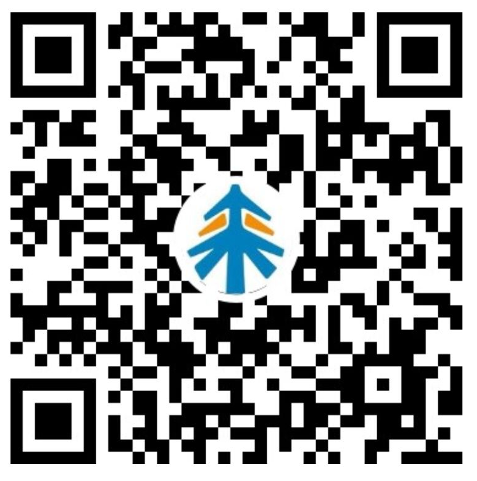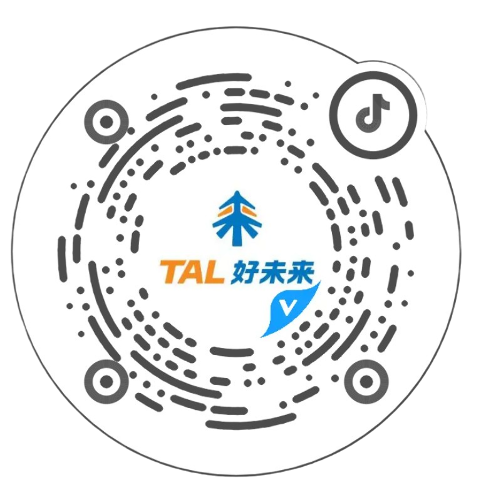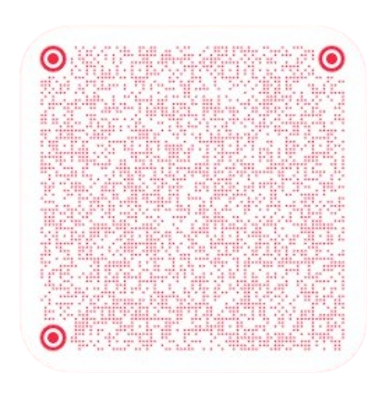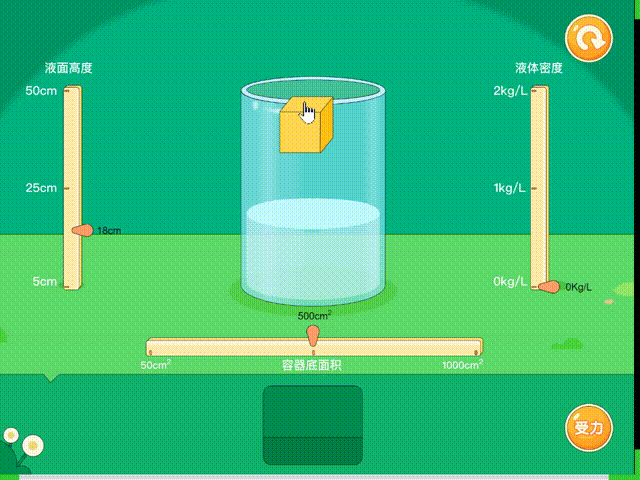




“Teacher, pick me, pick me!” Several students wearing school uniforms and red scarves stand up from their seats and eagerly compete to answer questions. Some children are worried about not being seen, so they run directly to the big screen and raise their hands. This scene surprised the parents who were observing the class from the side. They never imagined that their little "beast" at home would be so active when called upon in class.
The student who ran to the screen attracted the teacher's attention and was called upon to answer a question. When he gave the correct answer, accompanied by a "ding" sound, a "+5" appeared on the big screen in pale yellow font. This means that the student who answered the question gained additional study points. With an excited smile, the child returned to his seat.
This is a common scene in the smart classrooms provided by TAL M School for a public primary school in Xiaoshan District, Hangzhou City, Zhejiang Province. It is also a microcosm of the national education digitization upgrade. Surprisingly, the teacher who praised the students on the screen is actually an AI teacher. It can pay close attention to the class performance of all students and interact with them in real time.
Technology Makes Learning Not Only Fun, but Also Effective
How to make education more effective and allow more children to enjoy high-quality and fair education has always been a major focus of society. Digitization has become a key driver, and promoting educational informationization is seen as a major strategic move to achieve high-quality and balanced development of compulsory education.
Against this background, at the end of 2021, TAL announced the comprehensive upgrade of its To B business, launching the new brand M School, to provide a complete solution for live broadcasting, teaching research, and AI systems in the education industry. It uses leading technology capabilities to empower education comprehensively and support national education digitization upgrade.
As a result, the scene described earlier came into being. Subsequently, the group read-along session followed, with children loudly reading the text into the answering devices, afraid that their voices would be ignored. The word PK session was even more intense, with the children almost shouting at the top of their lungs, as if the louder they were, the more likely their team would win. When one side answered correctly, and the screen showed a reward of gold coins, the children were especially excited. To everyone's surprise, instead of dashing out as usual, the children lingered in the classroom, wearing satisfied smiles.
The project lead told reporters that in order to fully mobilize the children's participation and stimulate their learning interest, M School has set up a rich variety of interactive projects in the smart classroom, with more than 20 types, including reading evaluation, multiple-choice answering, class atmosphere coordination, and summary and commendation, among others. An interaction occurs approximately every 1.5 minutes during class.
What's more surprising to local teachers is that the smart classroom service provided by M School also includes a voice evaluation function. When a child expresses himself/herself to the evaluation software, the software gives real-time feedback to encourage the child to continue speaking. After the evaluation is complete, the backend immediately generates a comprehensive evaluation report, detailing the strengths and weaknesses of the child's expression, such as a rich vocabulary for accurately describe specific things or inaccurate pronunciation of a particular word. This function effectively helps to alleviate the teaching burden for teachers, enabling them to tailor their teaching more accurately to the characteristics of each child. Not only that, but parents can also understand their child's specific situation based on the evaluation report, truly providing targeted education based on each child's abilities.
Technology not only makes learning more interesting, but also more effective.
"Online Classroom" Brings the Classroom to Life
Since the beginning of this year, many places in the country have experienced a new round of outbreaks, leaving many schools unable to reopen and forcing them to shift to "online classrooms" Unlike offline teaching, online teaching lacks interactivity due to screen barriers, technical delays, and other challenges, making it difficult for students to stay focused.These pose higher demands on teachers' lesson preparation, as they not only need to ensure curriculum content, but also think about how to make the lessons more lively and interesting.
Technology has solved the teachers' problems and brought the "online classroom" to life. For example, in traditional courseware or teaching methods, if a teacher wants to show real-life objects or cubes, they can only do so through text or images, greatly reducing the visuality of the teaching. In the teaching research cloud product launched by TAL M School, teachers can integrate dynamic science applets into courseware using the courseware production tool, allowing for more three-dimensional demonstrations and presentations of originally abstract objects and experiments. For example, when a physics teacher needs to demonstrate a physics experiment, they can directly select and add the corresponding physics experiment applet to the courseware, making the classroom more lively...

In fact, in recent years, with the rapid development of digital technology in our country, the level of educational informatization in various places has continued to improve. Many public school teachers create courseware and lecture notes by searching for resources from various teaching research platforms. However, these teaching research platforms each have their own main functions, so teachers need to log in to multiple of platforms to create a satisfactory set of lecture notes or courseware. Frequently, they often have to forgo needed materials due to platform interoperability issues.
To address these challenges for teachers, the Educational Research Cloud provides a one-stop solution. On this platform, teachers can complete all their lesson preparation tasks, including finding questions online, assembling test papers, and creating courseware/teaching materials.
In Pingtang County, Qiannan Buyei and Miao Autonomous Prefecture, Guizhou Province, the one-stop lesson preparation services of the Educational Research Cloud have done a great help to local teachers. According to relevant staff, "Teachers here have heavy teaching workloads. In addition to preparing lessons and teaching, they spend hours grading assignments and handling administrative tasks every day. Platforms like the Educational Research Cloud save teachers significant time in lesson preparation, and its courseware tools enable them to create highly interactive materials."
Notably, the Educational Research Cloud platform boasts an extensive resource repository, aggregating 19 years of teaching and research assets from TAL. It covers all school levels, subjects, and major textbook versions, including 15 million structured high-quality questions linked to a knowledge map, tested by millions of users to facilitate easy exam paper creation and teaching material development, 40,000+ learning videos, 1,000+ dynamic science/math applets, and 3,000+ interactive game templates, which significantly enrich classroom content, boost engagement, and spark students' curiosity. Premium courseware aligned with school textbooks and supplementary teaching materials/courseware derived from TAL's original Xueersi product system, effectively support teachers' lesson preparation. Additionally, the platform provides tools for creating exam papers, teaching materials, courseware, and videos. Teachers can quickly select questions by textbook, chapter, or topic, generate papers with intelligent layout, and receive end-to-end support for research and lesson planning.
Empowering teachers and inspiring students—when education is empowered by technology, learning becomes more engaging and effective. This not only enhances the learning experience for children in underserved regions but also contributes to China's rural revitalization strategy.